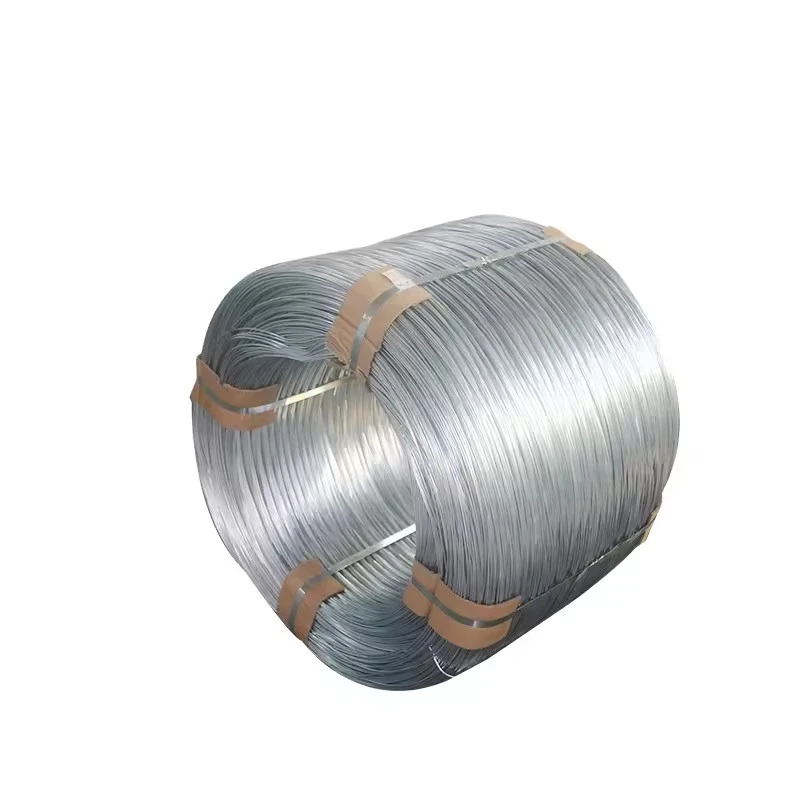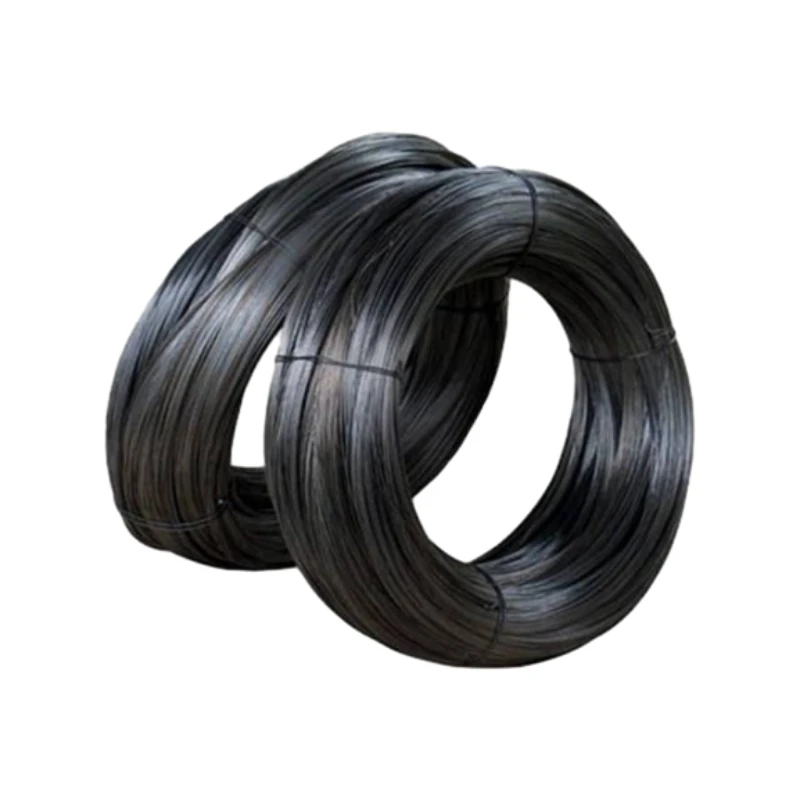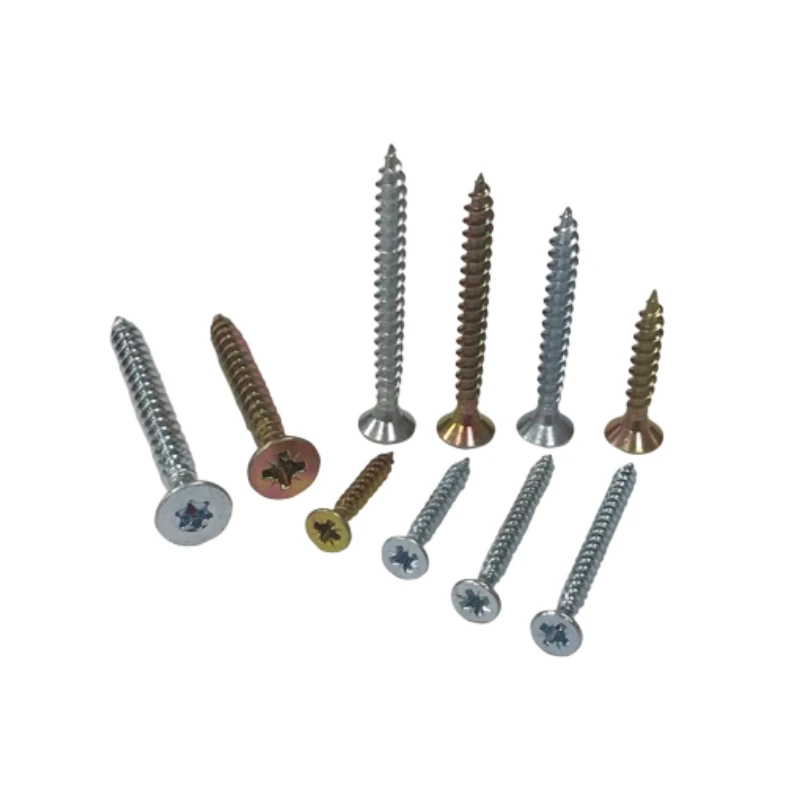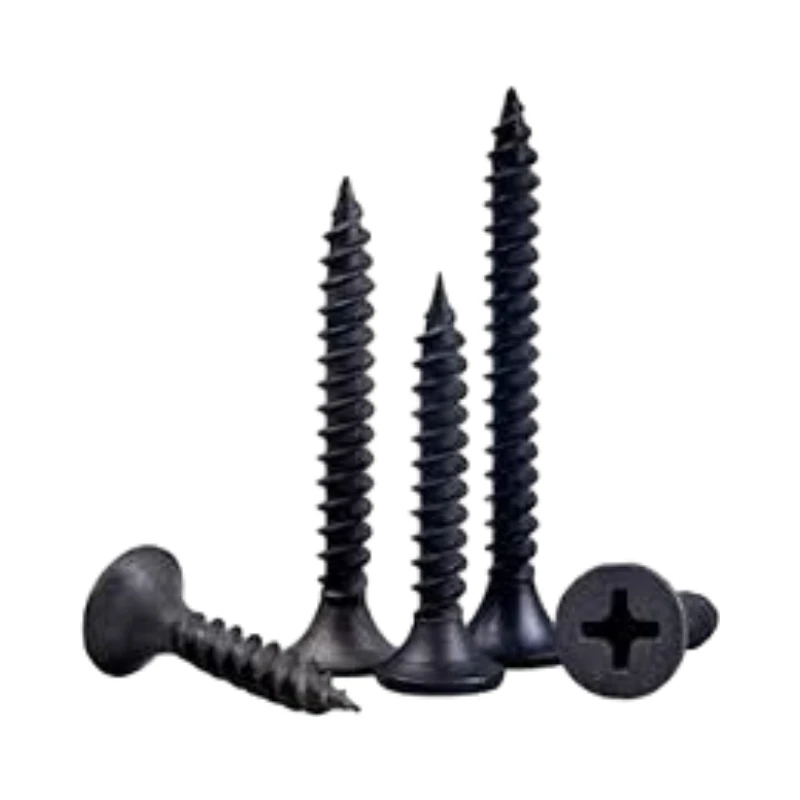
Talk With Us
+86-13601661296
Email Address
admin@sxjbradnail.comDurable Hot-Dipped Galvanized Coils | Premium Quality
Strategic Procurement: Understanding the Versatility of galvanized coil for Industrial Applications
In the complex landscape of B2B industrial materials, the specification and sourcing of critical components demand a meticulous approach. The galvanized coil stands out as a fundamental material, widely recognized for its superior corrosion resistance and enhanced durability. This comprehensive guide delves into the intricacies of galvanized coil production, its technical merits, diverse applications, and strategic considerations for procurement within target industries. Our objective is to provide B2B decision-makers and engineers with actionable insights to optimize material selection and operational longevity.
The demand for robust, long-lasting metallic components across sectors like construction, automotive, petrochemical, and manufacturing underscores the indispensable role of galvanized steel products. A deep understanding of the underlying processes and performance characteristics is crucial for leveraging the full potential of these materials in challenging environments.
The Advanced Manufacturing Process of Galvanized Coil
The production of a high-quality galvanized coil is a sophisticated metallurgical process designed to impart exceptional corrosion resistance to steel. Primarily, this involves hot-dip galvanizing, a method where steel is immersed in a bath of molten zinc. This creates a metallurgical bond, forming a series of iron-zinc alloy layers, topped by a pure zinc layer, which acts as a sacrificial barrier against corrosion.
Process Flow Schematic:
- 1. Raw Material Sourcing: High-grade cold-rolled or hot-rolled steel coils serve as the substrate. Typical materials include low-carbon steel alloys, selected for their formability and weldability.
- 2. Surface Preparation (Cleaning & Pickling): The steel coil undergoes rigorous cleaning to remove oils, grease, and surface contaminants. This is followed by acid pickling (e.g., hydrochloric acid) to remove mill scale and rust, ensuring a pristine surface for optimal zinc adhesion.
- 3. Fluxing: The clean steel is immersed in a flux solution, typically zinc ammonium chloride. This prepares the surface for galvanizing by preventing oxidation before dipping and promoting wetting of the steel by the molten zinc.
- 4. Hot-Dip Galvanizing: The prepared steel coil is continuously passed through a bath of molten zinc, maintained at temperatures typically between 450°C to 460°C (840°F to 860°F). The dwell time in the zinc bath dictates the coating thickness and metallurgical reaction. This is where the characteristic zinc layers form.
- 5. Wiping & Cooling: As the coil exits the zinc bath, it passes through air or nitrogen knives (wipers) to control the coating thickness and uniformity. The newly galvanized coil is then cooled, often by air or water quenching, to solidify the zinc coating.
- 6. Post-Treatment (Optional): Depending on the final application, post-treatments such as chromate passivation or oiling may be applied to prevent "wet storage stain" (white rust) and enhance appearance and handling.
- 7. Inspection & Coiling: The finished hot dipped galvanized coil undergoes stringent quality control, inspecting for coating uniformity, adhesion, surface finish, and mechanical properties. Once approved, it is recoiled for shipment.
Testing standards commonly applied include ISO 1461 (Hot dip galvanized coatings on fabricated iron and steel articles - Specifications and test methods), ASTM A653/A653M (Standard Specification for Steel Sheet, Zinc-Coated (Galvanized) or Zinc-Iron Alloy-Coated (Galvannealed) by the Hot-Dip Process), and EN 10346 (Continuously hot-dip coated steel flat products).

The typical service life of a high-quality galvanized coil can range from 20 to 50 years or more, depending on the coating thickness and the corrosivity of the specific environmental conditions it's exposed to. This exceptional longevity provides significant advantages in terms of reduced maintenance costs and extended operational periods for structures and components in target industries such as construction, automotive, HVAC, and agricultural equipment manufacturing.
Key Technical Specifications and Performance Metrics
Understanding the technical parameters of galvanized coil is paramount for engineers and project managers. These specifications dictate suitability for various applications, ensuring optimal performance and compliance with industry standards. Key parameters include zinc coating mass, base metal thickness, mechanical properties, and surface finish.
Typical Galvanized Coil Specifications:
| Parameter | Unit | Typical Range/Value | Standard |
|---|---|---|---|
| Base Material | - | SPCC, SGCC, DX51D+Z, S280GD+Z | JIS G3141, EN 10346, ASTM A653 |
| Base Metal Thickness | mm | 0.15 - 4.0 | +/- 0.02 (EN 10131) |
| Coil Width | mm | 600 - 1500 | - |
| Zinc Coating Mass (G) | g/m² (total both sides) | Z60 - Z600 (approx. 4.2µm to 42µm per side) | ASTM A653, EN 10346 |
| Tensile Strength | MPa | 270 - 750 (Grade dependent) | ASTM A653, EN 10346 |
| Yield Strength | MPa | 200 - 550 (Grade dependent) | ASTM A653, EN 10346 |
| Elongation | % | 15 - 35 (Grade dependent) | ASTM A653, EN 10346 |
| Surface Treatment | - | Chromated, Oiled, Chromated & Oiled, Anti-fingerprint | - |
| Spangle Type | - | Regular Spangle, Minimized Spangle, Zero Spangle | - |
These parameters directly influence the material's formability, weldability, paintability, and resistance to environmental degradation, crucial for engineering precise and durable solutions.
Industry Trends and Market Dynamics
The market for galvanized coil is characterized by continuous innovation and evolving demand patterns. Key trends include the push for lighter yet stronger materials, improved corrosion performance for extreme environments, and enhanced sustainability in manufacturing processes. Global infrastructure development, particularly in emerging economies, is a significant demand driver.
- Sustainable Production: Growing emphasis on eco-friendly galvanizing processes, including reduced energy consumption and waste management, aligning with global sustainability goals.
- Advanced Coatings: Development of advanced zinc alloy coatings (e.g., Zinc-Aluminum-Magnesium) offering superior corrosion resistance and self-healing properties, extending service life even further.
- High-Strength Steel Substrates: Integration of galvanization with advanced high-strength steels (AHSS) to meet the automotive industry's demand for lightweighting and enhanced safety.
- Digitalization in Quality Control: Adoption of AI and IoT for real-time monitoring and predictive analytics in galvanizing lines, improving product consistency and reducing defects.
These trends reflect an industry committed to delivering higher performance, more sustainable, and economically viable solutions to B2B clients.
Versatile Application Scenarios
The robust nature of galvanized coil makes it indispensable across a multitude of industries. Its unique combination of strength, formability, and corrosion resistance allows for diverse applications, from structural components to intricate fastenings.
- Construction & Infrastructure: Widely used for roofing sheets, wall panels, purlins, structural decking, and HVAC ductwork. The longevity of galvanized steel significantly reduces maintenance costs for large-scale projects.
- Automotive Industry: Essential for vehicle body parts, chassis components, and exhaust systems, where resistance to road salt and environmental corrosion is critical for vehicle lifespan and safety.
- Home Appliances: Components for washing machines, refrigerators, and other white goods benefit from the anti-corrosive properties, ensuring product durability in humid environments.
- Agricultural Equipment: Used in farm machinery, silos, and fencing due to its ability to withstand harsh outdoor conditions and exposure to chemicals.
- Petrochemical & Water Supply: While direct application as process piping might be limited, it's used for structural supports, protective enclosures, and secondary systems in these demanding environments where corrosion is a constant threat. Its corrosion resistance minimizes downtime and enhances safety.
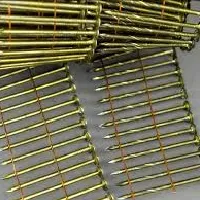
A specific product example is galvanized coil nails. These nails, often produced from galvanized wire, are critical for roofing and siding applications. Products like 3 galvanized coil nails, 2 1 2 galvanized coil nails, and 3 1 4 galvanized coil nails are essential for securing materials in outdoor environments, directly benefiting from the corrosion protection provided by the zinc coating. This ensures the structural integrity and longevity of installations, resisting rust and degradation over decades.
Technical Advantages and Operational Benefits
The adoption of galvanized coil offers distinct technical and operational advantages that contribute significantly to project success and cost efficiency for B2B clients.
- Superior Corrosion Resistance: The zinc coating acts as a physical barrier and offers cathodic protection, sacrificially corroding before the underlying steel. This robust defense ensures longevity, especially in aggressive atmospheric or marine environments.
- Extended Service Life: Compared to uncoated steel, galvanized products provide a significantly longer lifespan, often exceeding 50 years in benign environments, reducing the need for frequent replacement or costly maintenance.
- Cost-Effectiveness: While initial costs might be slightly higher than plain steel, the life-cycle cost analysis reveals substantial savings due to minimal maintenance requirements, absence of painting, and extended durability. This translates to lower total cost of ownership (TCO).
- Formability and Fabricability: Modern galvanizing processes ensure that the zinc coating adheres well and remains intact during bending, stamping, and other fabrication processes, allowing for complex part designs without compromising corrosion protection.
- Ease of Inspection: The galvanized coating is visible, making inspection straightforward. Uniformity and quality can be assessed visually and with simple thickness gauges.
- Environmental Benefits (Energy Saving): The extended lifespan of galvanized steel reduces the frequency of material replacement, thereby indirectly contributing to energy savings associated with steel production and fabrication. Furthermore, zinc is a recyclable material, enhancing the circular economy aspect.
Customized Solutions and Project Engineering
Recognizing that standard products may not always meet unique project demands, leading suppliers of galvanized coil offer comprehensive customization services. This bespoke approach ensures that material specifications are perfectly aligned with application requirements, optimizing performance and cost efficiency.
- Tailored Coating Thickness: Zinc coating mass can be precisely controlled (e.g., Z80 to Z600 g/m²) to match the specific corrosive environment and desired service life. This allows for optimal material usage, avoiding over-specification.
- Specific Steel Grades: Customization includes using various base steel grades (e.g., commercial quality, drawing quality, structural quality) to achieve desired mechanical properties like ductility, strength, or weldability.
- Surface Finish and Treatments: Options for spangle (regular, minimized, zero), surface smoothness, and post-treatments (chromating, oiling, anti-fingerprint) can be specified for aesthetic or further protective requirements, crucial for pre-painted applications or demanding outdoor exposures.
- Precision Dimensions: Coils can be supplied with exact widths, lengths, and internal/external diameters to integrate seamlessly into existing manufacturing lines and reduce scrap.
By collaborating with experienced technical teams, clients can engineer solutions that not only meet performance criteria but also align with production efficiencies and budgetary constraints. This consultative approach is a hallmark of authoritative B2B partnerships.
Vendor Comparison and Selection Criteria
Selecting the right supplier for galvanized coil is a strategic decision that impacts product quality, supply chain reliability, and overall project costs. A robust vendor comparison framework is essential.
Key Vendor Selection Criteria:
| Criterion | Description | Impact on Procurement |
|---|---|---|
| Certifications & Compliance | ISO 9001 (Quality), ISO 14001 (Environment), ASTM, EN, JIS standards adherence. | Ensures product consistency, reliability, and regulatory compliance. Reduces risk of defects. |
| Technical Expertise | Ability to offer customized solutions, R&D capabilities, and technical support. | Facilitates optimal material selection, troubleshooting, and innovative project development. |
| Production Capacity & Lead Time | Ability to meet volume demands and deliver within specified timelines. | Critical for supply chain stability and project scheduling. Prevents costly delays. |
| Quality Control & Testing | In-house testing facilities, traceability, and adherence to international test protocols. | Guarantees product performance and minimizes field failures. Builds trustworthiness. |
| Customer Service & Support | Responsive communication, dedicated account management, and after-sales support. | Enhances partnership, resolves issues efficiently, and supports long-term collaboration. |
| Pricing & Total Cost of Ownership | Competitive pricing structure balanced with quality, and understanding life-cycle costs. | Ensures economic viability of projects, considering both initial outlay and long-term expenses. |
Prospective clients should thoroughly vet potential suppliers, requesting mill certificates, audit reports, and references to ensure a reliable partnership.
Real-World Application Case Studies
Practical examples underscore the reliability and effectiveness of galvanized coil in demanding applications.
-
Case Study 1: Large-Scale Industrial Roofing Project
A major logistics hub in a coastal region required over 50,000 square meters of roofing and wall cladding. Utilizing hot dipped galvanized coil with a Z275 coating mass (275 g/m² total zinc), the project achieved an estimated service life of 40+ years despite exposure to salt-laden air. The material's formability allowed for complex architectural profiles, and its inherent corrosion resistance negated the need for costly pre-painting or post-installation protective coatings, resulting in significant upfront and long-term cost savings. Customer feedback highlighted the ease of installation and the consistent quality of the material supplied. -
Case Study 2: Automotive Body-in-White Components
A leading automotive manufacturer implemented specific grades of galvanized steel from galvanized coil for critical body-in-white structures. These were selected for their combination of high strength, excellent formability, and superior corrosion performance against road salts. Strict adherence to JIS G3302 (Hot-dip galvanized steel sheets and coils) ensured material consistency. The use of these coils contributed to achieving stringent safety ratings and extended vehicle warranty periods, demonstrating direct benefits to end-user trust and brand reputation. -
Case Study 3: Agricultural Silo Construction in Humid Climates
In a region known for high humidity and fluctuating temperatures, galvanized coil was specified for the construction of grain storage silos. The Z450 (450 g/m²) coating mass provided exceptional protection against condensation-induced corrosion and harsh outdoor elements. The ease of fabrication from the coil material enabled efficient construction, reducing project timelines. Farmers reported no signs of rust or degradation after five years of continuous operation, validating the material's extended lifespan in challenging agricultural settings.
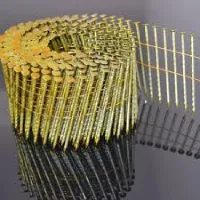
Product Focus: Robust Galvanized Coil Nails for Roofing and Siding Tasks
As a direct application stemming from galvanized coil, robust galvanized coil nails are engineered for peak performance in demanding exterior construction. These products are crucial for professionals seeking reliable fastening solutions that withstand environmental challenges.
Key Product Specifications:
| Feature | Description/Specification |
|---|---|
| Material | High-quality carbon steel, hot-dip galvanized. |
| Coating | Hot-dip galvanized (HDG) minimum 1.0 oz/ft² (305 g/m²) coating for superior rust protection, exceeding ASTM A153 requirements. |
| Shank Type | Ring Shank or Smooth Shank for enhanced holding power in various materials. |
| Head Type | Flat Head or Dome Head, designed for flush fastening and optimal pull-through resistance. |
| Common Sizes |
|
| Collation Type | Wire Welded (15° or 16°) for compatibility with most pneumatic coil nailers. |
| Applications | Roofing (asphalt shingles, felt), siding (vinyl, fiber cement), exterior sheathing, fencing. |
These specific dimensions and robust galvanization ensure optimal performance and code compliance for critical outdoor installations.
Ensuring Trust: Certifications, Warranty, and Support
In the B2B sector, trust is built on demonstrable quality and reliable support. Our commitment to excellence is underpinned by stringent certifications, transparent warranty policies, and dedicated customer service.
- Authoritative Certifications: Our manufacturing processes for galvanized coil and derived products like galvanized coil nails adhere strictly to international standards, including ISO 9001 for Quality Management Systems, ensuring consistent product excellence. Material specifications meet or exceed ASTM (e.g., A653, A153) and EN (e.g., 10346) standards, verified by third-party testing agencies.
- Partnerships & Track Record: With over [X, e.g., 20] years of industry experience, we have established long-term partnerships with global leaders in construction, automotive, and general manufacturing. Our extensive portfolio of successful projects and positive client testimonials reflect our proven capability and reliability.
- Transparent Warranty: We offer comprehensive warranties on our galvanized products, covering material defects and coating performance under specified conditions. Full details are provided with each order, giving clients confidence in their investment.
- Dedicated Customer Support: Our technical support team comprises experienced engineers and product specialists available to assist with material selection, application queries, and any post-sales support. We provide pre-sales consultation, ongoing project support, and efficient after-sales service, ensuring a seamless experience for our B2B partners.
Frequently Asked Questions (FAQ)
- Q: What is the primary difference between hot-dip galvanized and electro-galvanized coil?
- A: Hot-dip galvanized coil features a thicker, more durable zinc coating formed by immersing steel in molten zinc, creating a metallurgical bond. Electro-galvanized coatings are thinner, applied via an electrolytic process, offering less corrosion resistance but a smoother finish, often used for interior applications or prepainted products.
- Q: How does zinc coating mass (e.g., Z275) relate to corrosion resistance?
- A: Zinc coating mass, measured in g/m², directly correlates with the thickness of the zinc layer. Higher coating mass (e.g., Z600) implies a thicker coating, providing extended cathodic and barrier protection, thus superior corrosion resistance and a longer service life, particularly in aggressive environments.
- Q: Can galvanized coil be painted or coated further?
- A: Yes, galvanized coil provides an excellent substrate for painting or further coating. Proper surface preparation (e.g., cleaning, etching, or using specific primers) is essential to ensure good adhesion. This "duplex system" of galvanizing plus paint offers synergistic protection, significantly extending the lifespan in extreme conditions.
- Q: What are typical lead times for custom galvanized coil orders?
- A: Lead times vary based on specification complexity, order volume, and current production schedules. Standard products generally have a lead time of 3-5 weeks, while highly customized orders may require 6-10 weeks. We provide precise lead time estimates upon quotation and maintain clear communication throughout the fulfillment process.
Lead Times and Fulfillment
We understand the critical importance of timely delivery in B2B operations. Our supply chain is optimized for efficiency and reliability:
- Standard Orders: For standard dimensions and common coating masses, lead times are typically 3-5 weeks from order confirmation.
- Custom Orders: Customized galvanized coil specifications may require 6-10 weeks, depending on material sourcing and production complexity.
- Expedited Options: In urgent situations, expedited manufacturing and shipping options are available, subject to additional charges and feasibility assessment.
- Global Logistics: We leverage a robust network of logistics partners to ensure efficient and secure delivery to international destinations, providing real-time tracking and documentation.
Customer Support and Warranty Commitments
Our commitment extends beyond product delivery to comprehensive post-sales support, ensuring client satisfaction and long-term partnership.
- Technical Consultation: Our team of metallurgical engineers is available to provide expert guidance on product application, compatibility, and performance optimization.
- Responsive After-Sales Service: We maintain a dedicated support channel for all inquiries, concerns, or technical issues that may arise post-purchase, ensuring prompt resolution.
- Quality Guarantee: All our galvanized coil products are backed by a comprehensive warranty against manufacturing defects and premature coating failure under normal use conditions. Specific terms and conditions are provided with each quotation and sale.
Conclusion
The strategic selection and procurement of galvanized coil are pivotal for B2B entities seeking to enhance the durability, longevity, and cost-effectiveness of their industrial applications. From meticulous manufacturing processes to diverse application scenarios and robust technical advantages, galvanized steel offers an unparalleled solution for corrosion protection. By partnering with authoritative suppliers committed to quality, customization, and comprehensive support, businesses can secure a competitive edge and ensure the enduring performance of their critical projects.
References
- ISO 1461: Hot dip galvanized coatings on fabricated iron and steel articles - Specifications and test methods. International Organization for Standardization.
- ASTM A653/A653M: Standard Specification for Steel Sheet, Zinc-Coated (Galvanized) or Zinc-Iron Alloy-Coated (Galvannealed) by the Hot-Dip Process. ASTM International.
- EN 10346: Continuously hot-dip coated steel flat products. European Committee for Standardization.
- Galvanizers Association. (n.d.). Duplex Systems. Retrieved from https://www.galvanizing.org.uk/duplex-systems/
- Zinc.org. (n.d.). Hot Dip Galvanizing. Retrieved from https://www.zinc.org/markets/galvanizing/hot-dip/
-
Durable and Reliable SS Brad Nails for Every ApplicationNewsNov.20,2025
-
Masonry Brad Nails: Durable Fastening Solutions for Modern ConstructionNewsNov.19,2025
-
Hot Dipped Galvanized Brad Nails – Ultimate Guide for Durable Construction FastenersNewsNov.19,2025
-
Durable and Cost-Efficient Galvanized Brads: Your Essential Fastening SolutionNewsNov.18,2025
-
Galvanized Brad Nails for Treated Lumber — Durable Fastening Solutions for Lasting BuildsNewsNov.18,2025
-
Durable and Cost-Effective Galvanised Brads for Construction & CraftingNewsNov.17,2025

